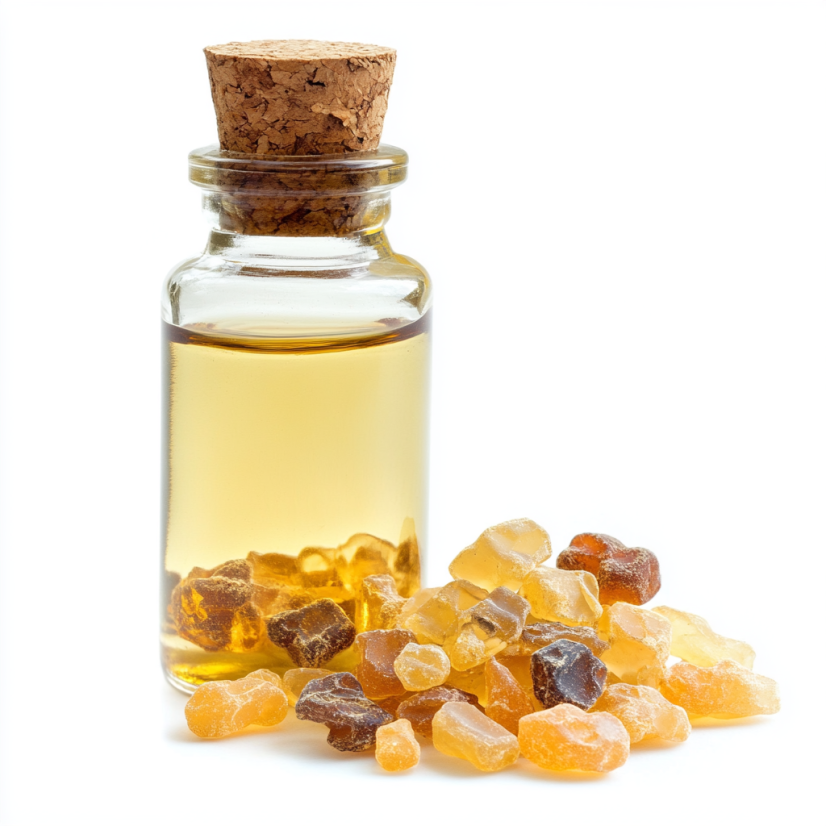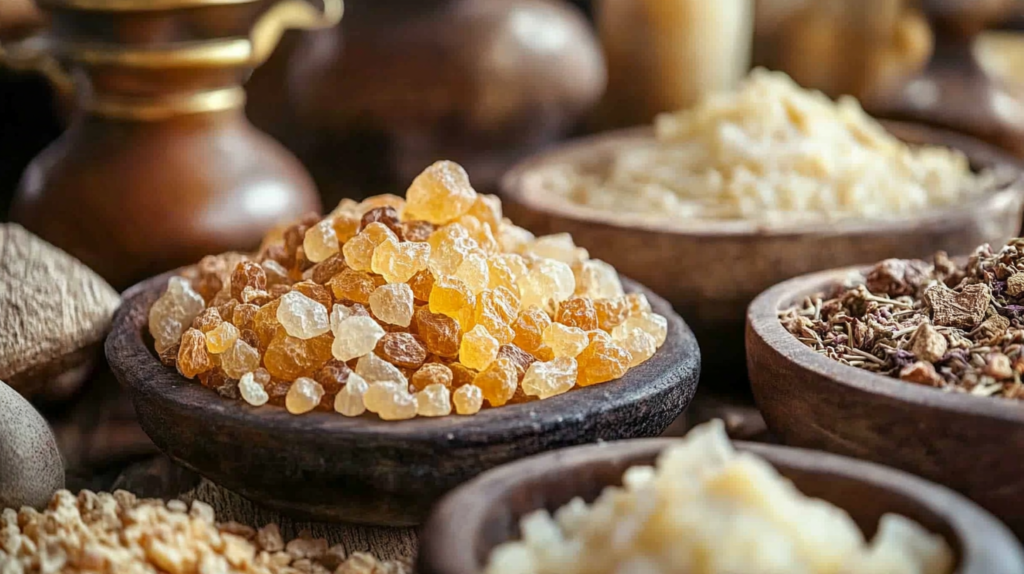In the world of modern skincare, the rediscovery of ancient natural ingredients has become increasingly prominent, with African resins—particularly frankincense and myrrh—standing out for their remarkable therapeutic benefits. These historically revered resins, once valued as precious commodities across Africa and beyond, are now recognized by skincare experts for their potent healing, anti-inflammatory, and rejuvenating properties.
Understanding the Origins of Frankincense and Myrrh
Frankincense and myrrh originate primarily from the Horn of Africa and parts of the Arabian Peninsula. Frankincense is harvested from the resinous sap of the Boswellia tree, abundant in Somalia, Ethiopia, and Kenya. Myrrh, extracted from the Commiphora species, grows in arid regions of Somalia, Ethiopia, and parts of East Africa. Both resins have been cherished for millennia, playing essential roles in traditional medicine, religious ceremonies, and holistic beauty rituals. Today, these resins are sustainably harvested by local communities, preserving traditional harvesting techniques and supporting regional economies. Their increasing presence in modern skincare represents a merging of ancient wisdom and contemporary science.

Frankincense oil
Frankincense essential oil is extracted from the resin of the Boswellia tree. It is one of the most popular oils used in aromatherapy and cosmetics.
Therapeutic Benefits for Skin Health
Frankincense and myrrh are celebrated in modern skincare due to their powerful therapeutic and restorative properties. Frankincense, rich in boswellic acids and antioxidants, provides notable anti-aging effects. It effectively reduces wrinkles, fine lines, and hyperpigmentation, improving overall skin tone and elasticity. Its anti-inflammatory properties soothe irritation, reduce redness, and provide relief for sensitive or inflamed skin.
Myrrh similarly exhibits significant medicinal properties. Containing terpenoids and antioxidants, myrrh excels in wound healing, fighting skin infections, and calming inflammation. Its antibacterial properties help prevent acne breakouts, while its regenerative qualities accelerate healing of blemishes and scars. Skincare products infused with myrrh are particularly effective in treating dry, damaged, or aging skin, restoring vitality and promoting skin repair.
Integration into Modern Skincare
Recognizing these profound benefits, modern skincare brands increasingly incorporate frankincense and myrrh into their product lines. These resins are used in serums, moisturizers, balms, facial oils, and therapeutic masks, harnessing their rejuvenating powers to address diverse skin concerns.
Frankincense’s natural astringent properties tighten and firm skin, making it a valuable ingredient in anti-aging products, while myrrh’s soothing capabilities support treatment creams and healing ointments. Brands focusing on clean beauty have embraced these resins, often combining them with other botanicals to enhance their therapeutic potency. Furthermore, their pleasant, earthy, and woody aromas contribute to sensory wellness, adding an aromatherapy dimension to daily skincare routines.
Sustainability and Ethical Considerations
An essential aspect of frankincense and myrrh’s growing popularity is sustainability and ethical sourcing. Conscious brands are increasingly committed to fair trade partnerships, ensuring resins are harvested responsibly, supporting local harvesters, and conserving biodiversity. Such ethical practices not only guarantee product purity and efficacy but also empower communities economically and socially, preserving ancient harvesting traditions for future generations.
Conclusion: Ancient Resins, Modern Revival
The revival of frankincense and myrrh in skincare underscores a global shift towards natural, ethical, and effective ingredients. These ancient African resins, treasured historically for their remarkable healing and cosmetic properties, have seamlessly transitioned into modern beauty rituals. Their continued popularity highlights a profound connection between nature and skincare, promising healthier, rejuvenated skin through the timeless wisdom of Africa’s botanical heritage.
References
Small, E. (2017). 55. Frankincense and Myrrh–imperilled divine symbols of religion’s duty to conserve biodiversity. Biodiversity, 18(4), 219-234.
바스마. (2023). Antioxidant and Antimicrobial Activity of Boswellia Serrata Extract for Cosmetic Ingredient (Doctoral dissertation, 조선대학교 산업기술창업대학원).
Udourioh, G. A., Bazza, B. M., Pilani, M. P., & Solomon, M. M. (2025). Therapeutic Characteristics of Essential Oils: Historical and Scientific Considerations. Journal of Applied Sciences and Environmental Management, 29(2), 569-579.
González-Minero, F. J., & Bravo-Díaz, L. (2018). The use of plants in skin-care products, cosmetics and fragrances: Past and present. Cosmetics, 5(3), 50.


